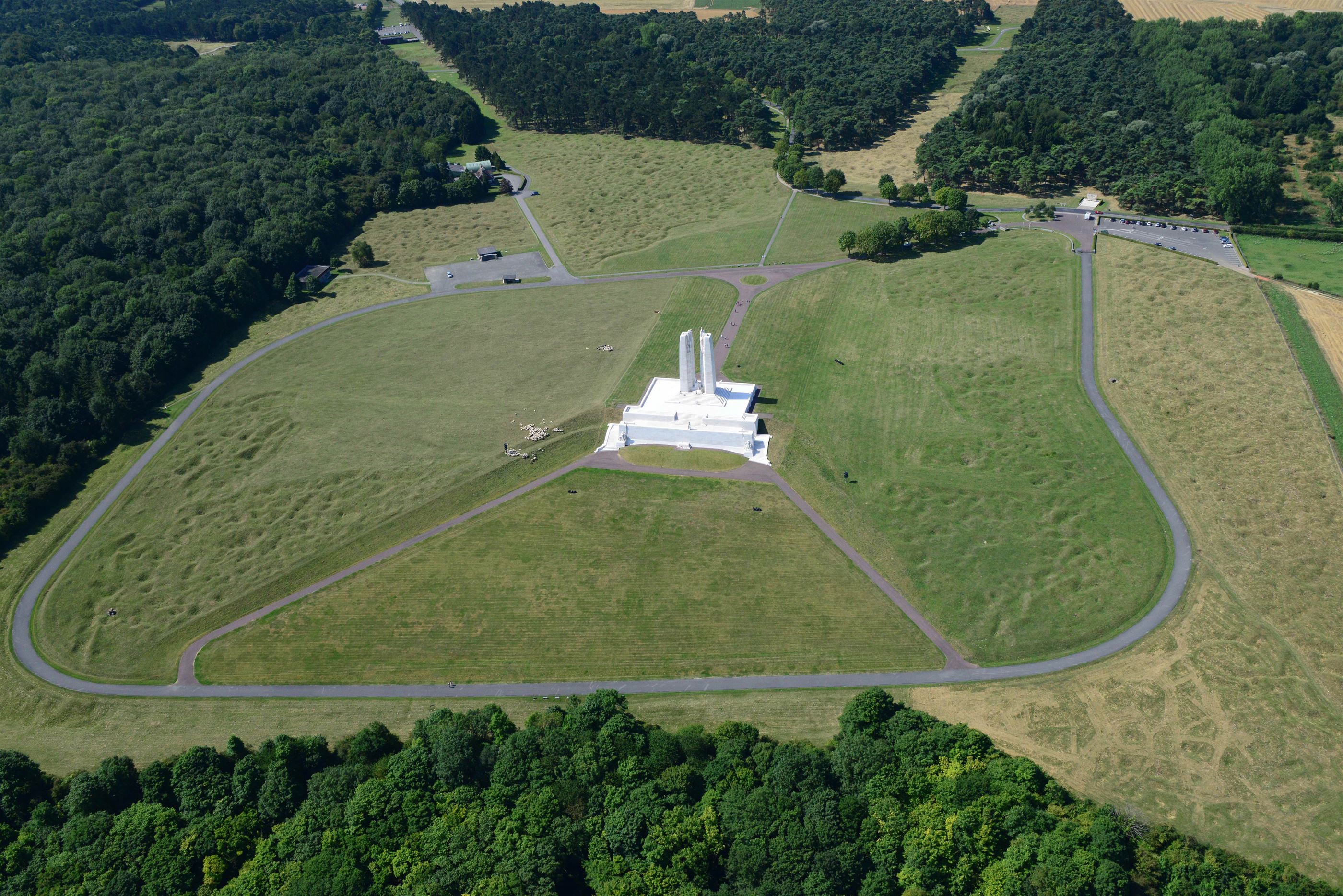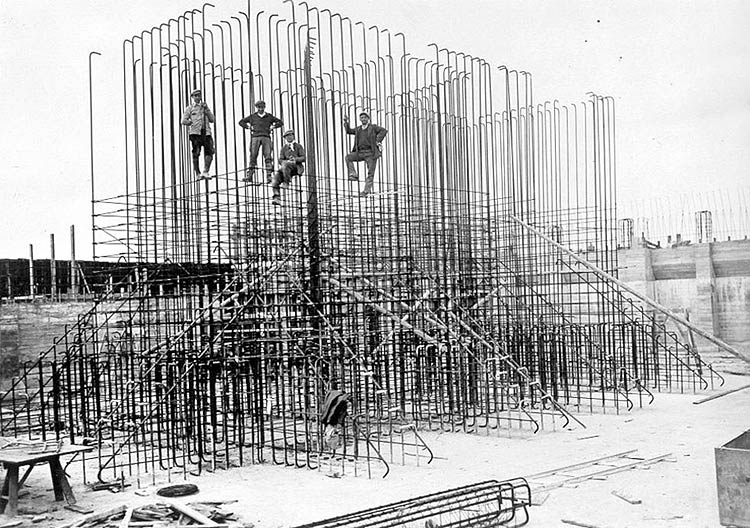Fast facts – Canadian National Vimy Memorial
Site and Memorial
- Located in northern France, the Canadian National Vimy Memorial can be found 10 kilometers north of the town of Arras within the département of Pas-de-Calais.
- The site encompasses some 117 hectares and is the largest of eight Canadian and five Newfoundland memorial sites in France and Belgium.
- The Canadian National Vimy Memorial not only marks the site of Canada’s most significant First World War engagement, it also stands as a tribute to all Canadians who served during the First World War, particularly those killed in France whose final resting place was unknown.
- The names of the 11,285 Canadian who lost their lives in France and who had no known grave are recorded on the monument’s base.
- In 1922, the French government granted use of the land for the Memorial and battlefield site to the people of Canada “freely and for all time.”
- The Memorial stands on Hill 145, the scene of some of the fiercest fighting during the Battle of Vimy Ridge .
Design and Construction
Men on steel reinforcements for concrete for central pylons of Vimy Memorial. National Gallery of Canada
Two men cutting names into the face of the Vimy Memorial. National Gallery of Canada.
- The Canadian National Vimy Memorial was designed by Canadian sculptor and architect Walter Seymour Allward. He once told friends the form of the design came to him in a dream.
- It took eleven years and $1.5 million to build the Vimy Memorial. Resting on a bed of approximately 11,000 tonnes of concrete and reinforced with hundreds of tonnes of steel, more than 6,000 tonnes of limestone were used in its construction.
- The monument features 20 symbolic sculptures representing broad themes including the strength of shared ideals, the sorrow of a young nation and a prayer for peace.
- Representing Canada, a young nation mourning her dead, the Canada Bereft figure is the largest sculpture on the memorial. It was carved from a single, 30-tonne block of stone.
- The Memorial’s twin pylons are 27 meters tall. With the added height of the base and the ridge on which it stands, the topmost Peace figure soars approximately 110 meters above the Douai Plain to the east.
- Inscribed on the ramparts of the Memorial are the names of 11,285 Canadian soldiers who were posted "missing, presumed dead" in France. Another 6,994 names of Canadians who went missing in Belgium are carved on the Menin Gate in Ypres.
- The Memorial was unveiled on July 26, 1936 by King Edward VIII. An estimated 50,000 Canadian and French Veterans and their families attended the ceremony.
Did You Know?
Sheep graze over scarred terrain at the Canadian National Vimy Memorial.
- More than 7,000 Canadians are buried in 30 Commonwealth War Graves Commission cemeteries within a 20-kilometre radius of the Canadian National Vimy Memorial.
- Some of our best gardeners are sheep! Since 2001, a herd of sheep have been used to maintain large areas of the battlefield terrain surrounding the Canadian National Vimy Memorial. Their gentle grazing minimizes impact on this delicate resource while keeping vegetation short enough for visitors to view. This approach also reduces the overall environmental footprint of operations at the site.
- Along with Beaumont-Hamel Newfoundland Memorial, the Canadian National Vimy Memorial is one of only two National Historic Sites located outside of Canada.
- The Canadian National Vimy Memorial welcomes approximately 800,000 visitors each year.
Interested in learning more about the Battle of Vimy Ridge? Check out our learning hub page.
- Date modified:



